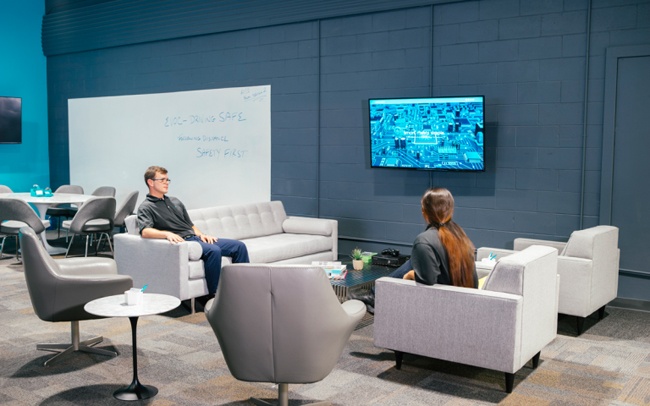From wearables to the Internet of Things, technology is poised to transform healthcare in ways we could not have envisioned just a few years ago.
Much of this technology is designed to empower patients with more information, improve their access to health services and integrate an often-disconnected health ecosystem. The health technology revolution also promises to reduce costs and improve outcomes, which is in line with the overall movement we are seeing toward value-based medicine.
These are lofty goals that require dialogue and cooperation across the entire healthcare environment, including providers, payers, regulators and more. With the complexity of implementing any new technology across the healthcare industry, it’s no wonder the experience has been rife with fits and starts, successes and setbacks.
The technology that makes telemedicine possible, for example, has been available for many years, but it’s been just recently that any progress has been made in addressing the interstate licensure issues that have prevented telemedicine from being adopted widely.
Likewise, recent studies show there is still a long way to go for mobile health apps and personal wearable devices, which are proving to be less effective than hoped in helping to manage chronic conditions. They are also fairly ineffective in motivating those patients who suffer from these diseases to increase their activity or even to simply comply with taking their prescriptions.
More work must be done in all sorts of areas – from the development of better sensors for wearables to the ability for apps to provide vital information for patients with high-risk readings – to fulfill the promise of wearables and mobile health.
Hitting closer to home, recent moves by ride-sharing companies such as Uber and Lyft to provide rides for patients visiting their doctors might appear to be a threat to our industry. Those initiatives, however, do not alleviate the need for ambulatory services for the majority of patients with chronic diseases.
What is clear to me from all of this is that there is no ‘magic bullet’ technology that will truly transform healthcare and improve the daily lives of chronically ill patients. Technology companies such as Apple and Google also won’t be able to drive the necessary transformation themselves without the cooperation of the healthcare ecosystem.
But what is also clear to me is that for all the talk and hyperbole about the health technology revolution, there are innovations that can enable smaller and more immediate changes that truly improve patients’ lives.
“While technology will ultimately transform and disrupt healthcare, the demand for ambulance services will continue to increase for the forseeable future due to our aging population and ongoing increase in the number of patients with multiple chronic diseases."
We would be remiss, therefore, to ignore the opportunity to adopt new technologies and new business models that provide caregivers an easier way to order an ambulance and track its location and arrival time, give patients rides in cleaner ambulances, and enable EMTs to earn a proper living wage in the ambulance service.
These changes may be less dramatic than the sea changes promised by the other technologies I’ve discussed in this post, but they are no less meaningful for patients, caregivers and EMTs.
Emerging technologies, along with the clearing of regulatory hurdles for existing technologies such as telemedicine, could have an impact on our industry. We would be naïve to think otherwise. But we also must recognize our role within this ever-changing ecosystem.
While technology will ultimately transform and disrupt healthcare, the demand for ambulance services will continue to increase for the foreseeable future due to our aging population and ongoing increase in the number of patients with multiple chronic diseases.
We owe it ourselves and our communities to look forward and use technology to create a better future for our industry. If we don’t, then we risk having the healthcare ecosystem transform around us and leave us in the past.






